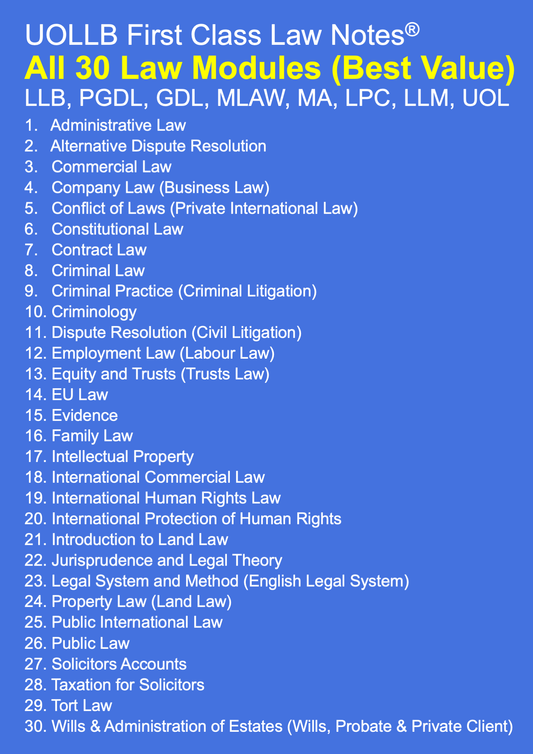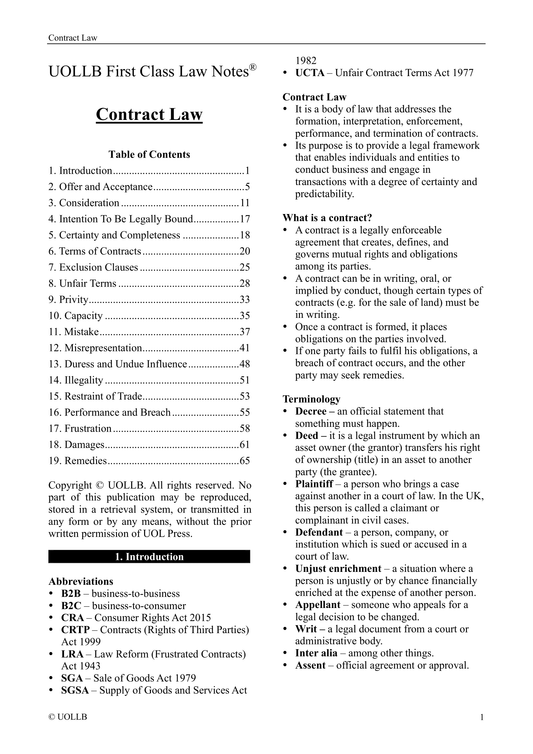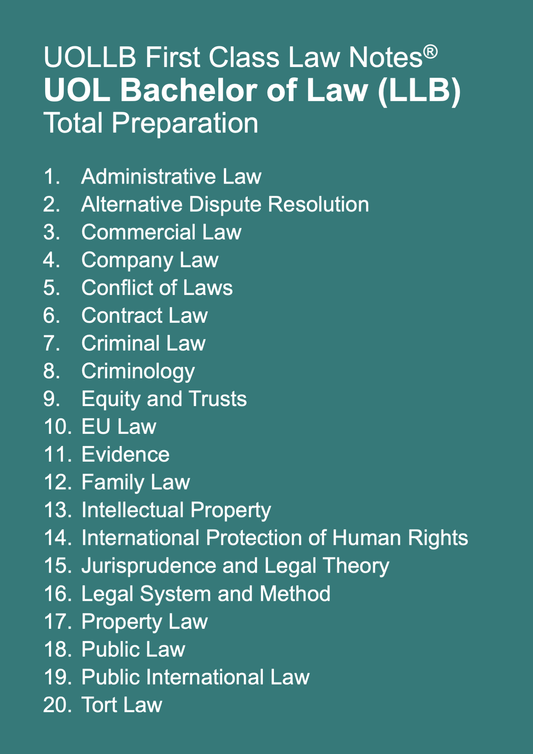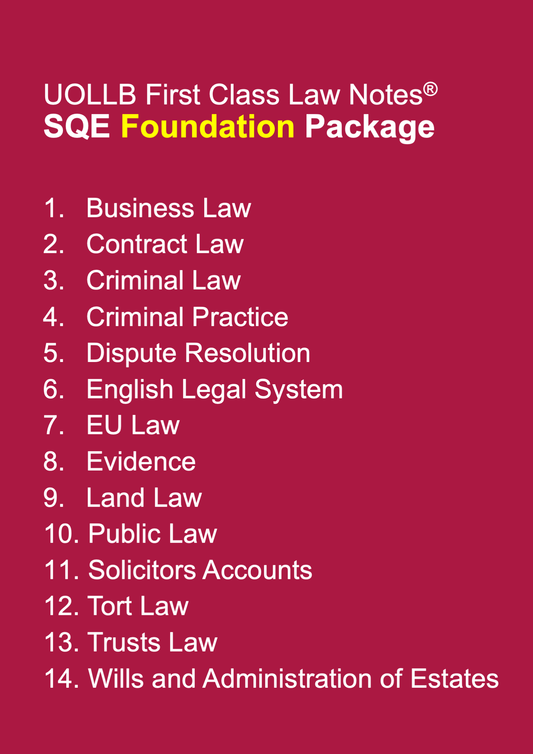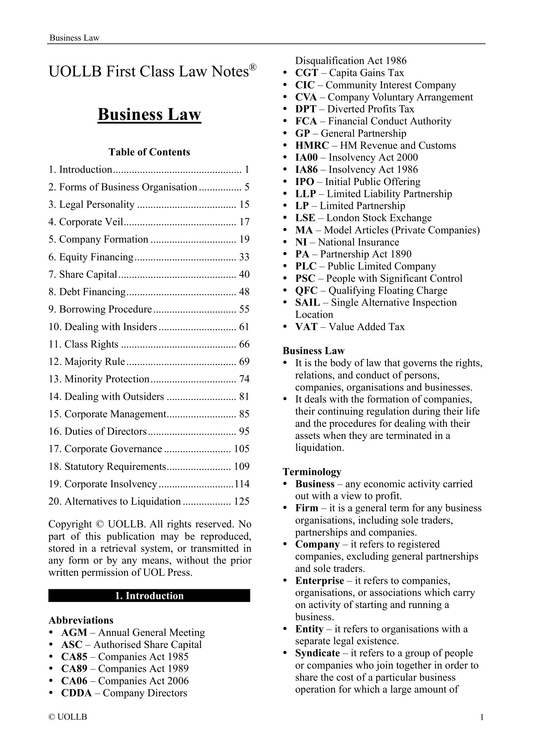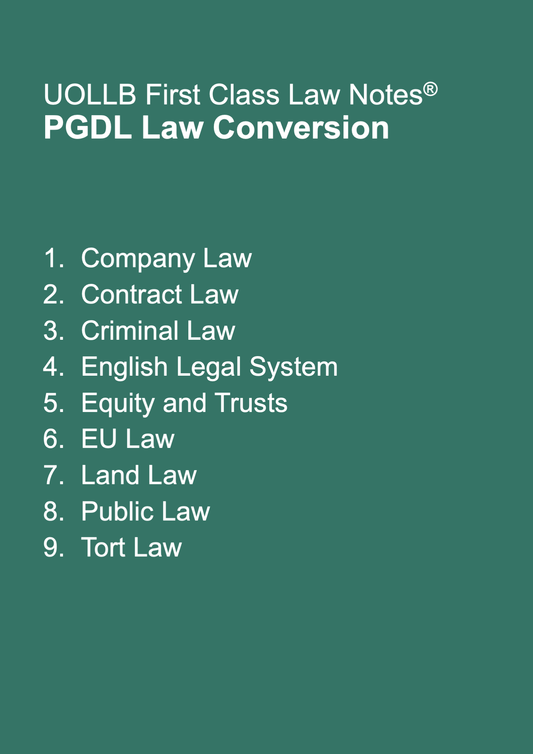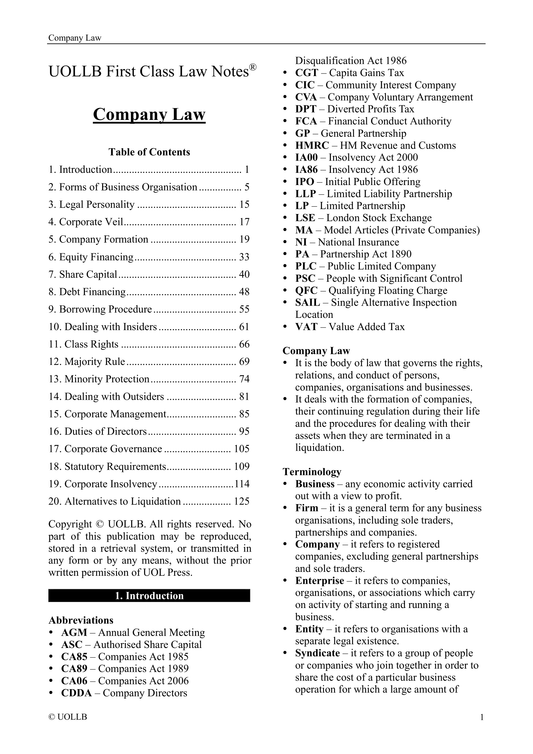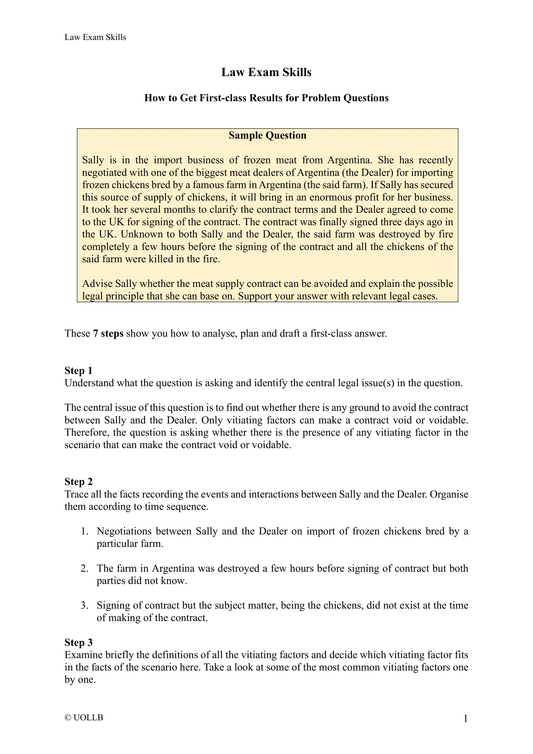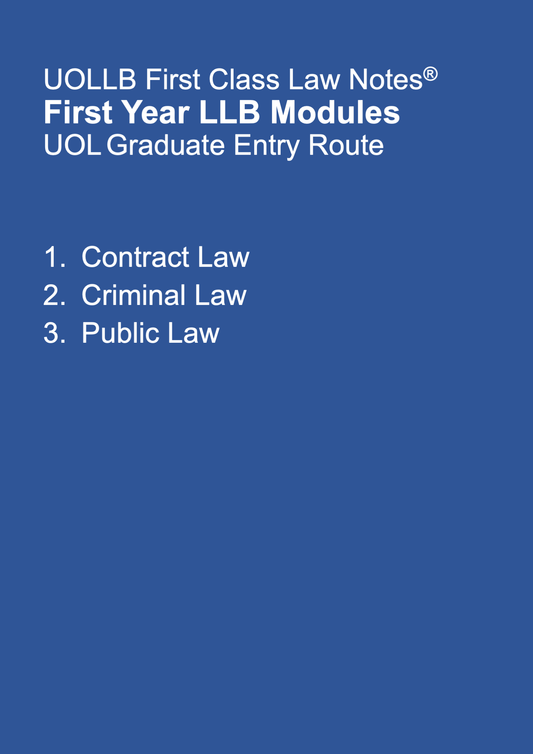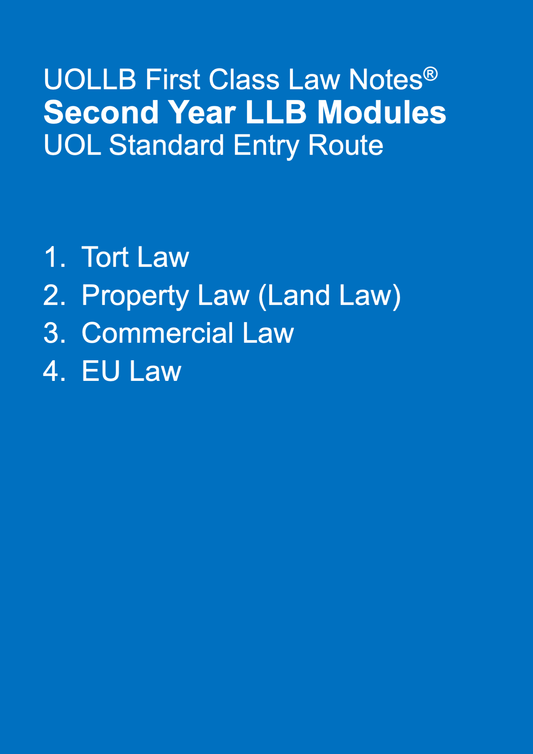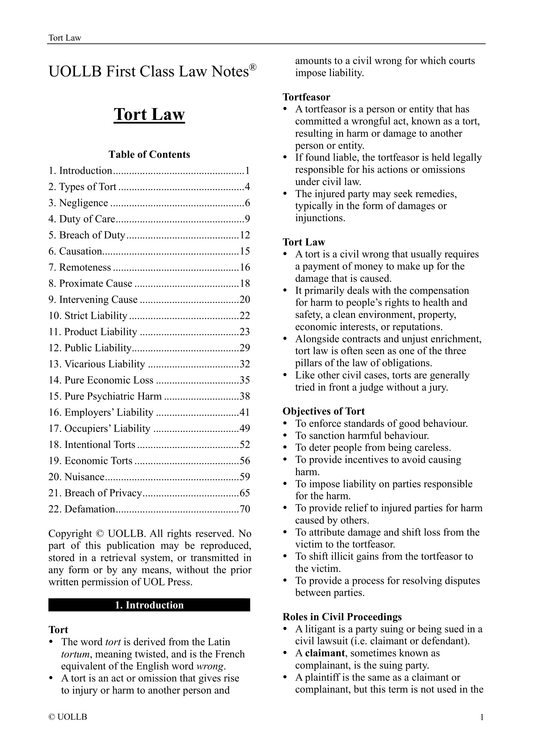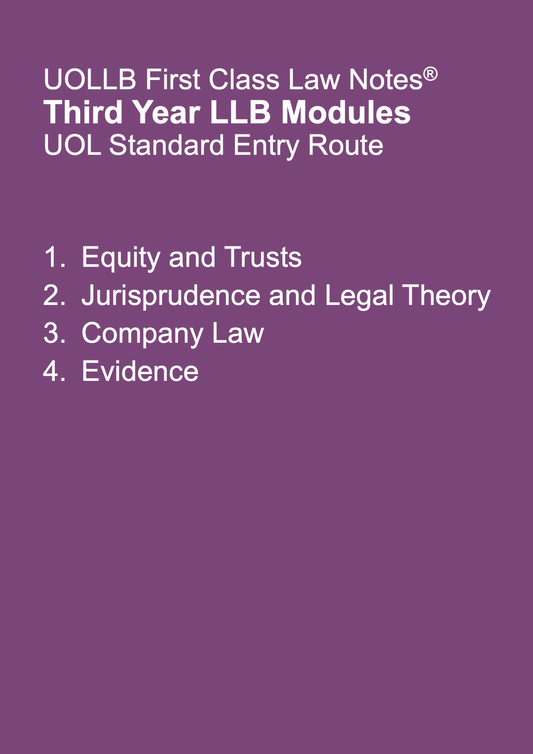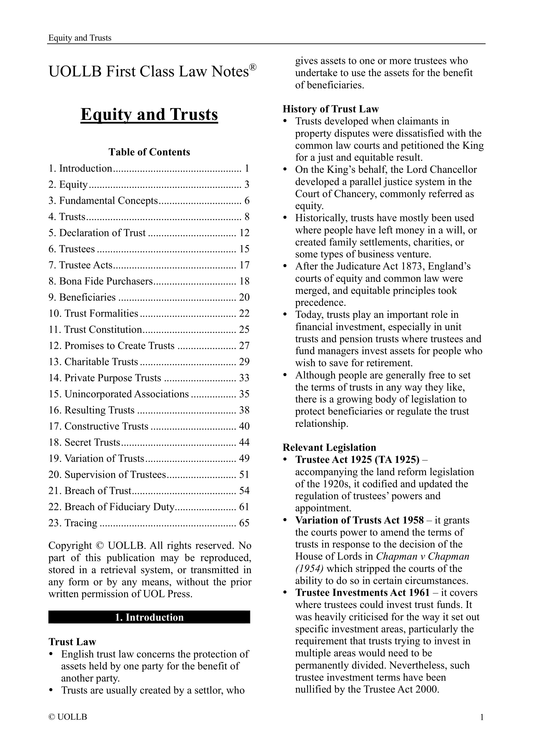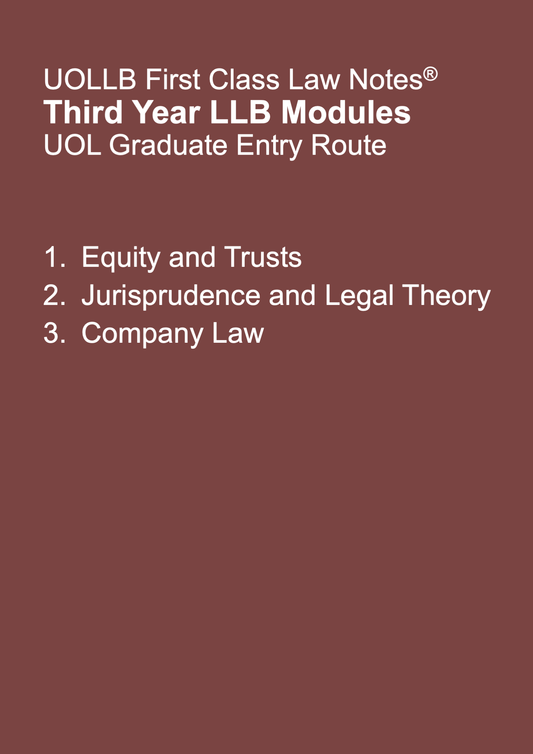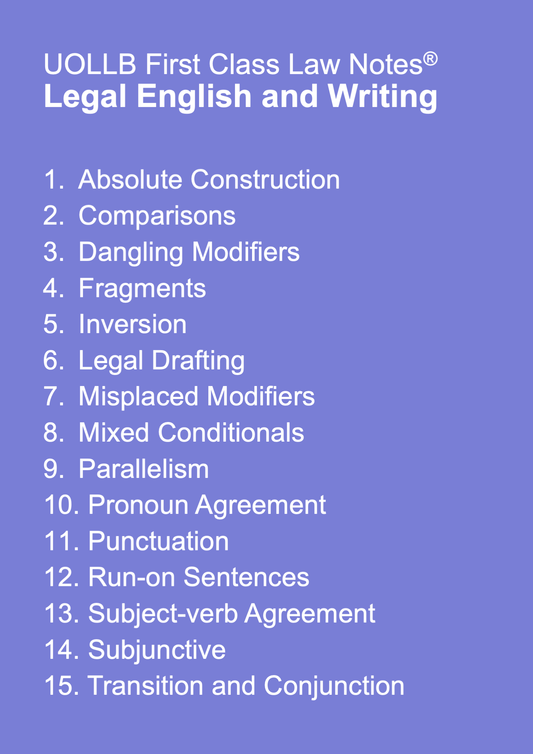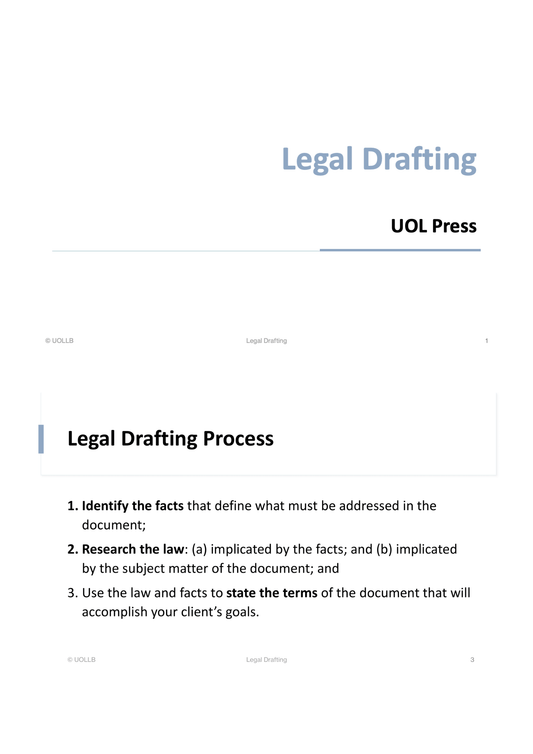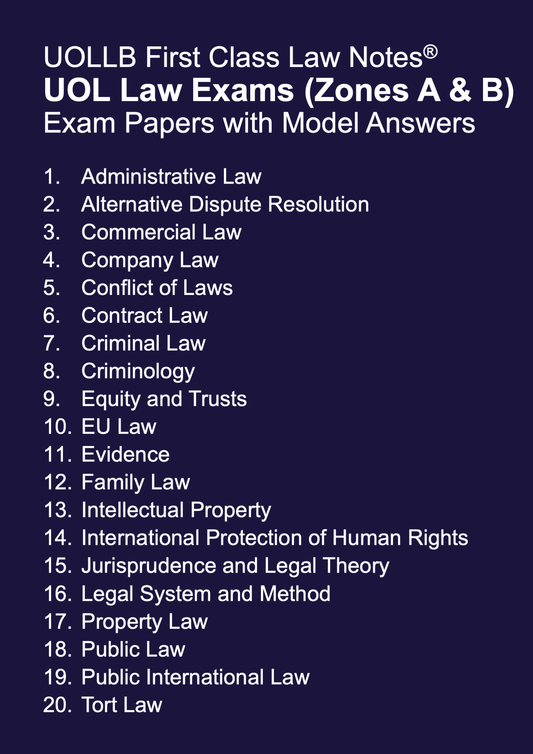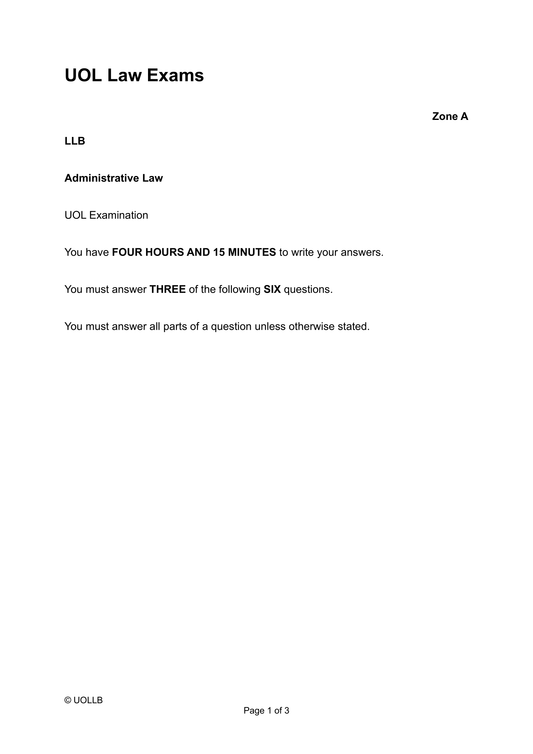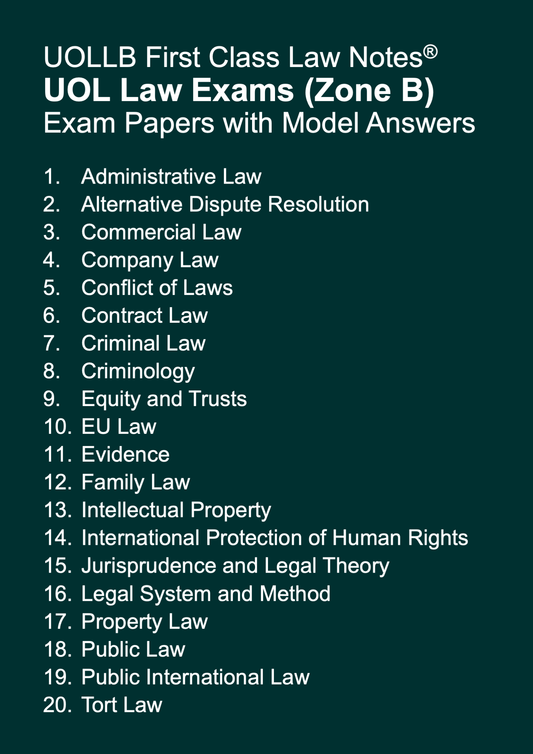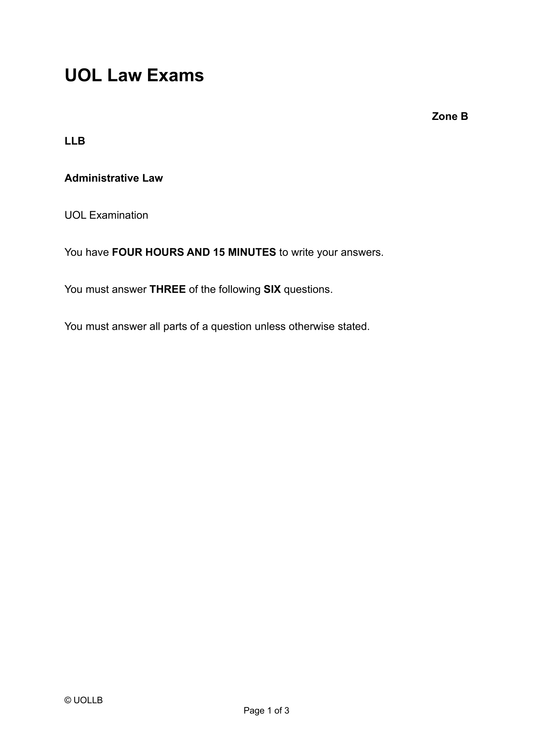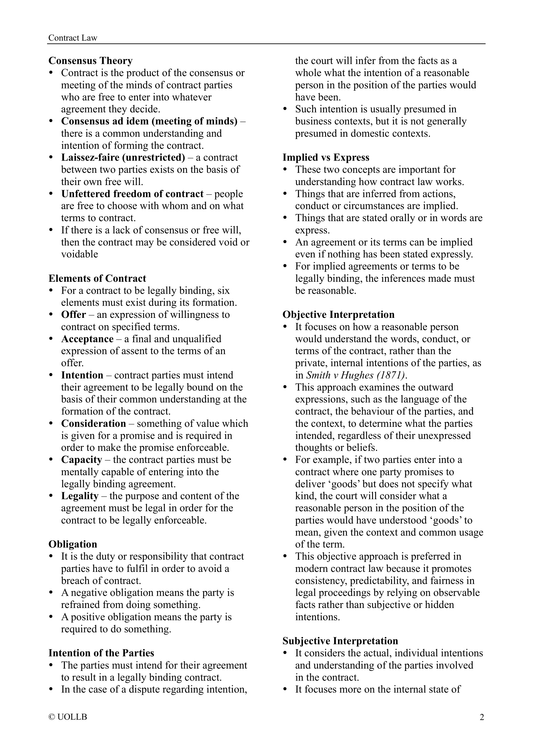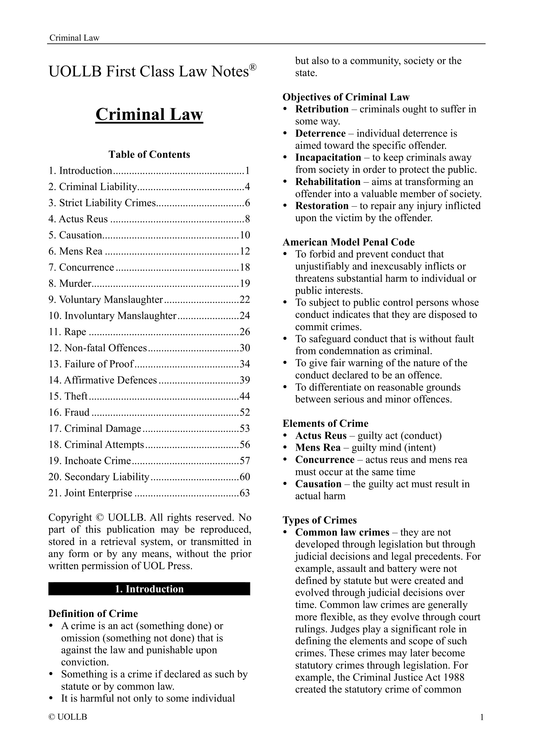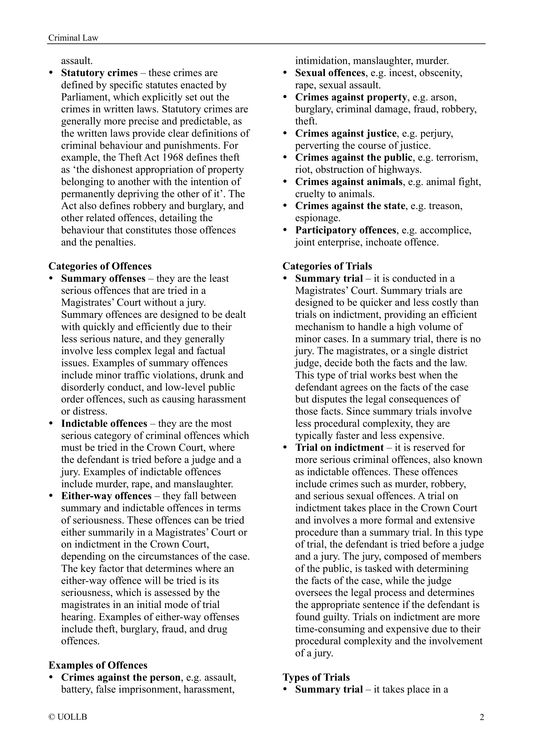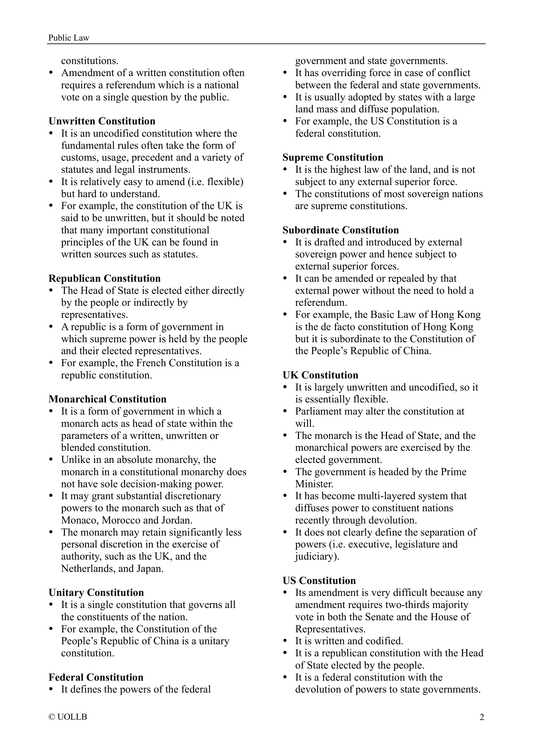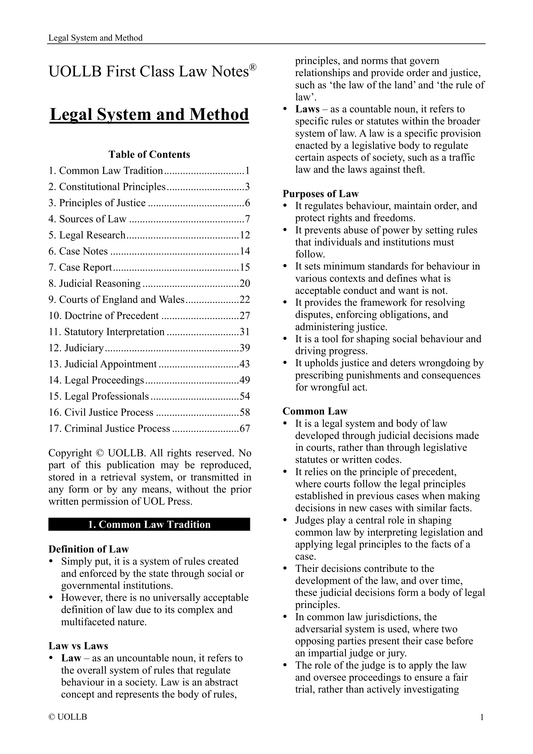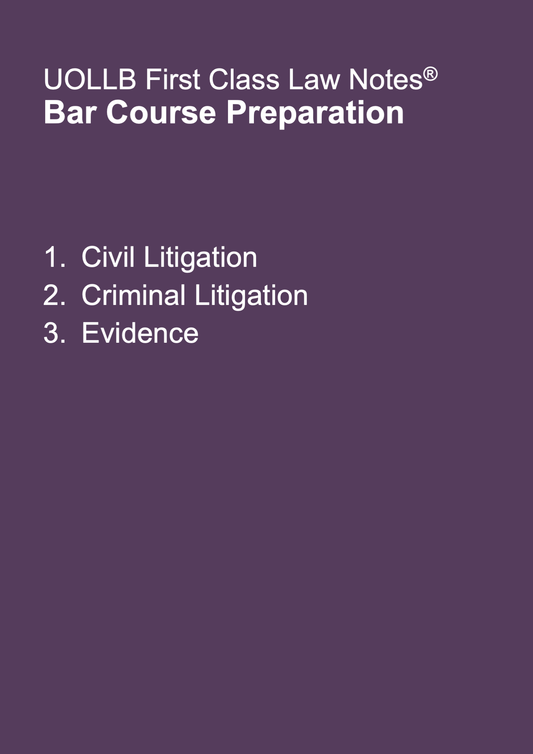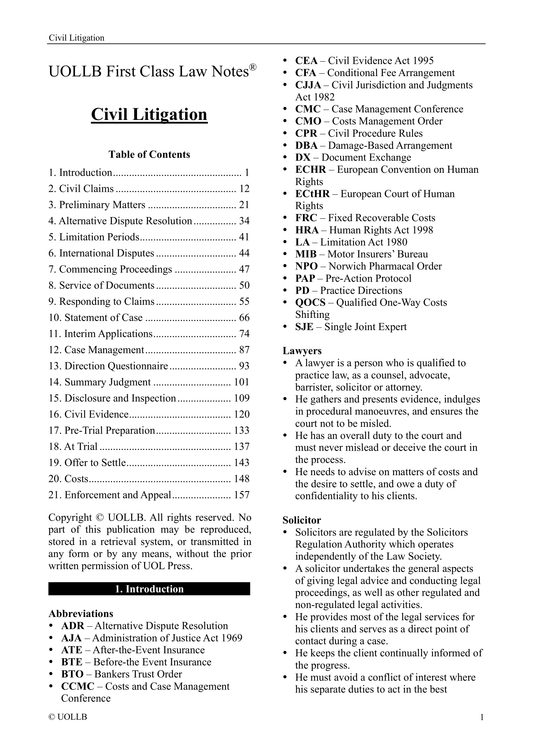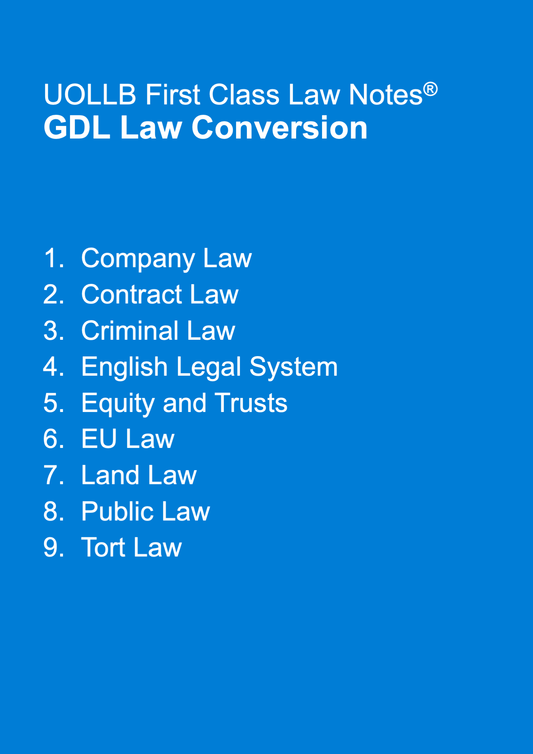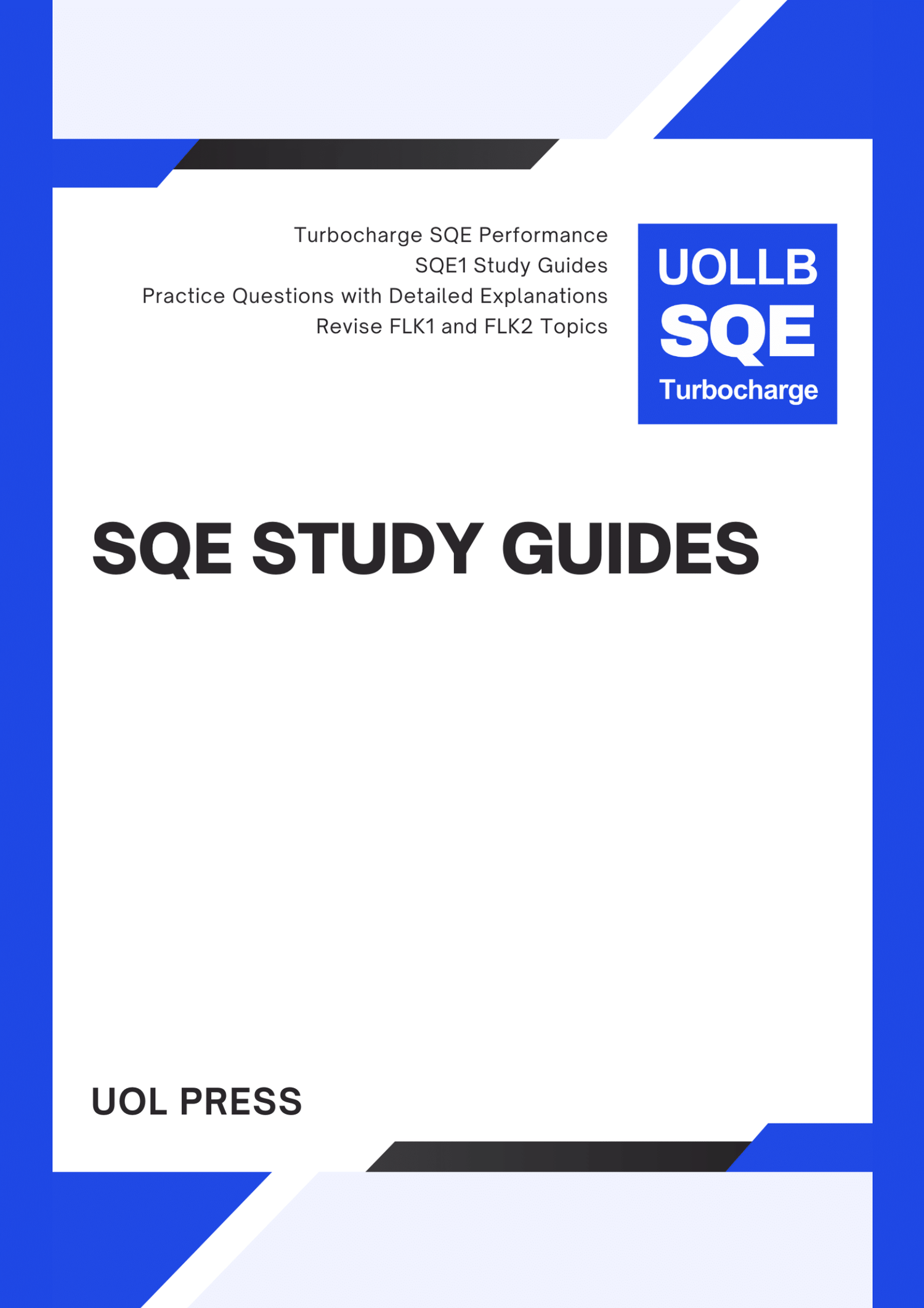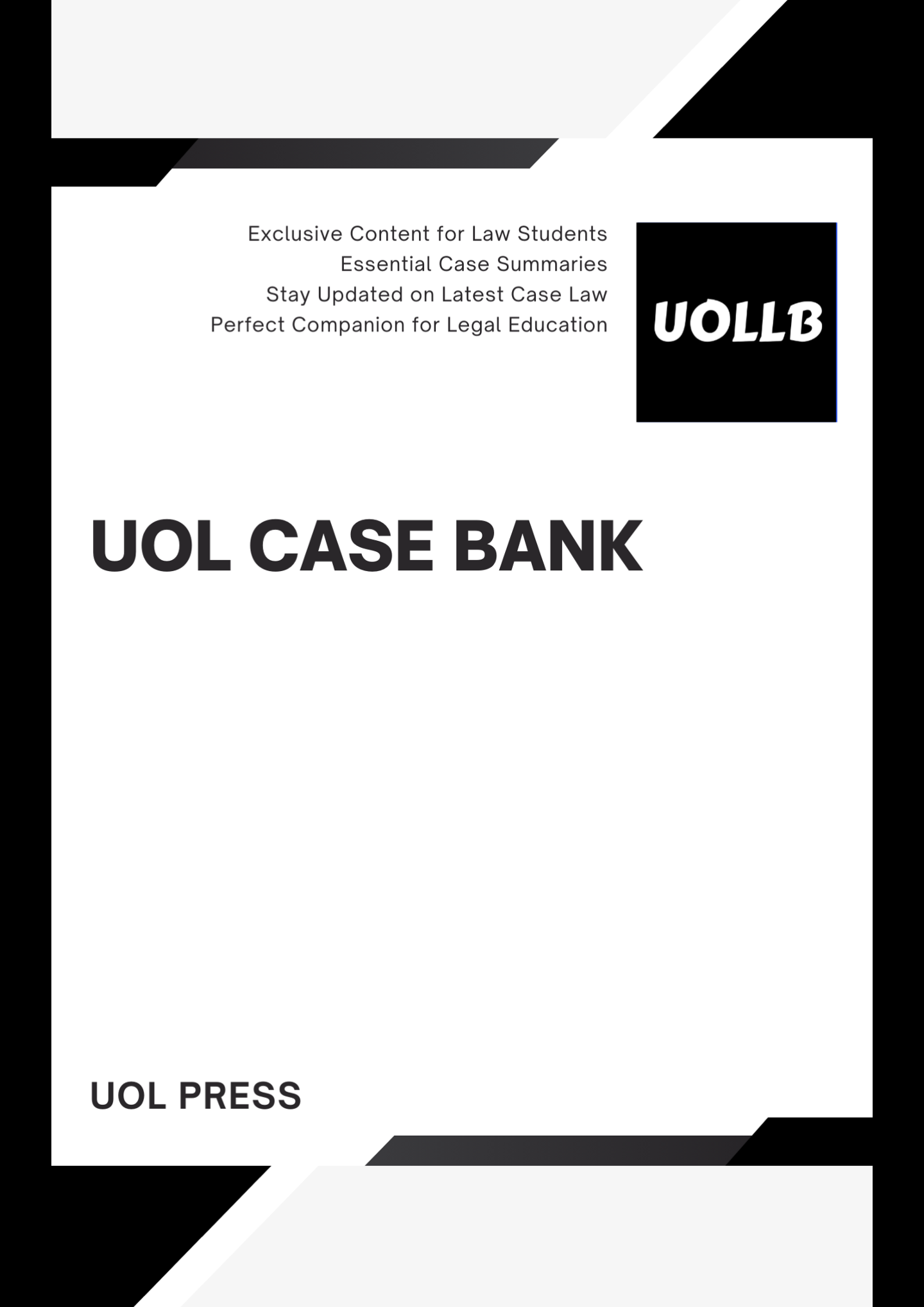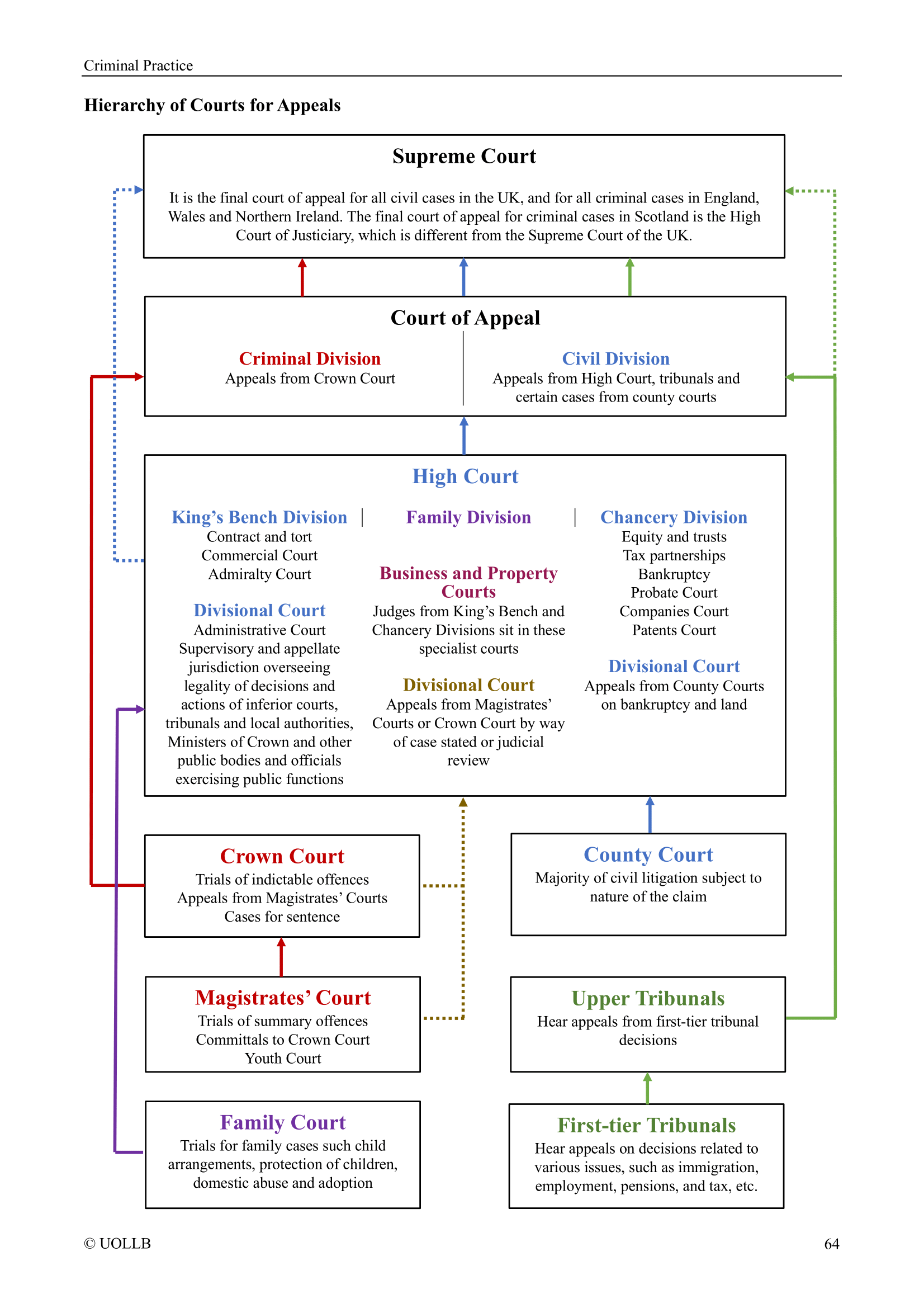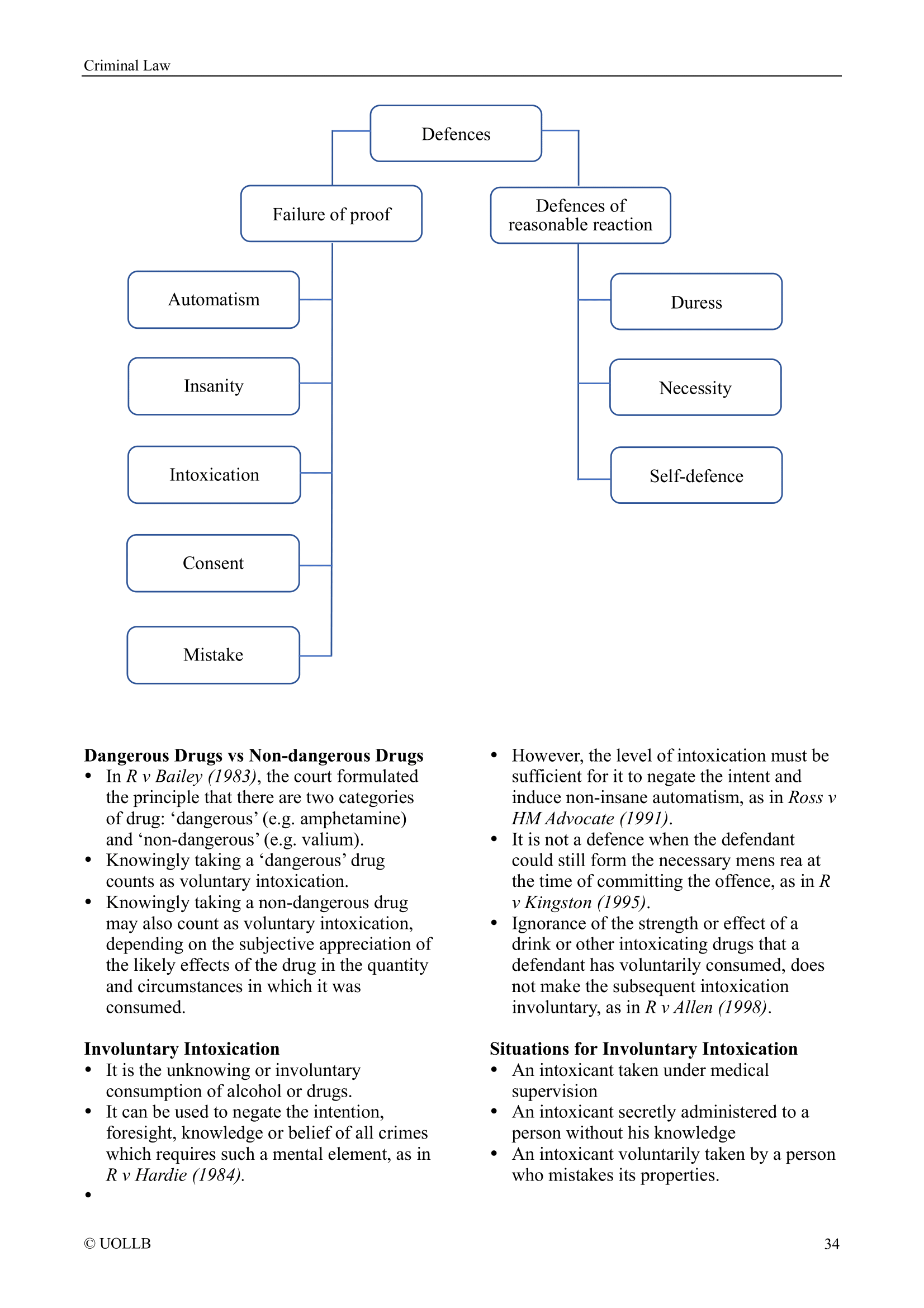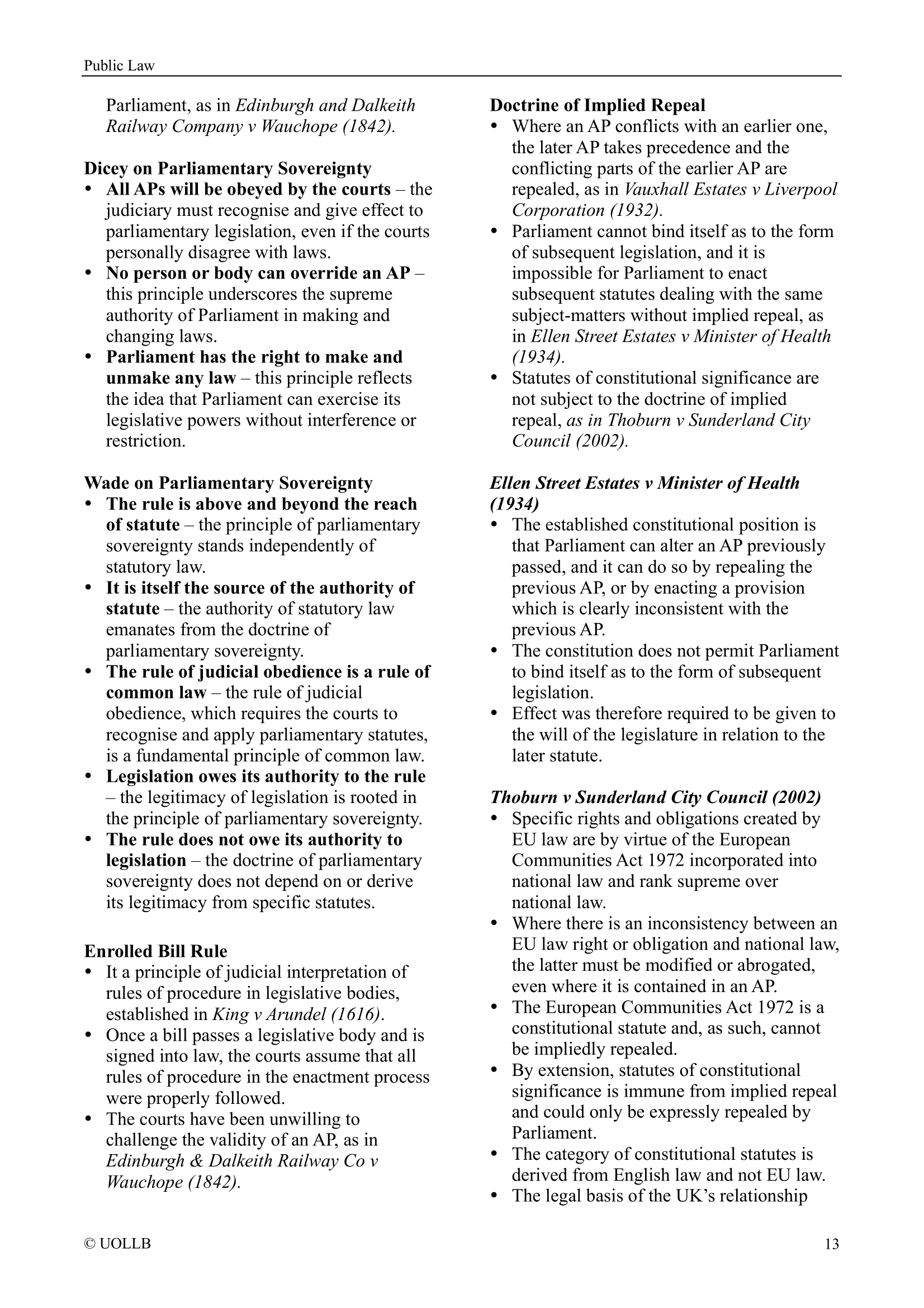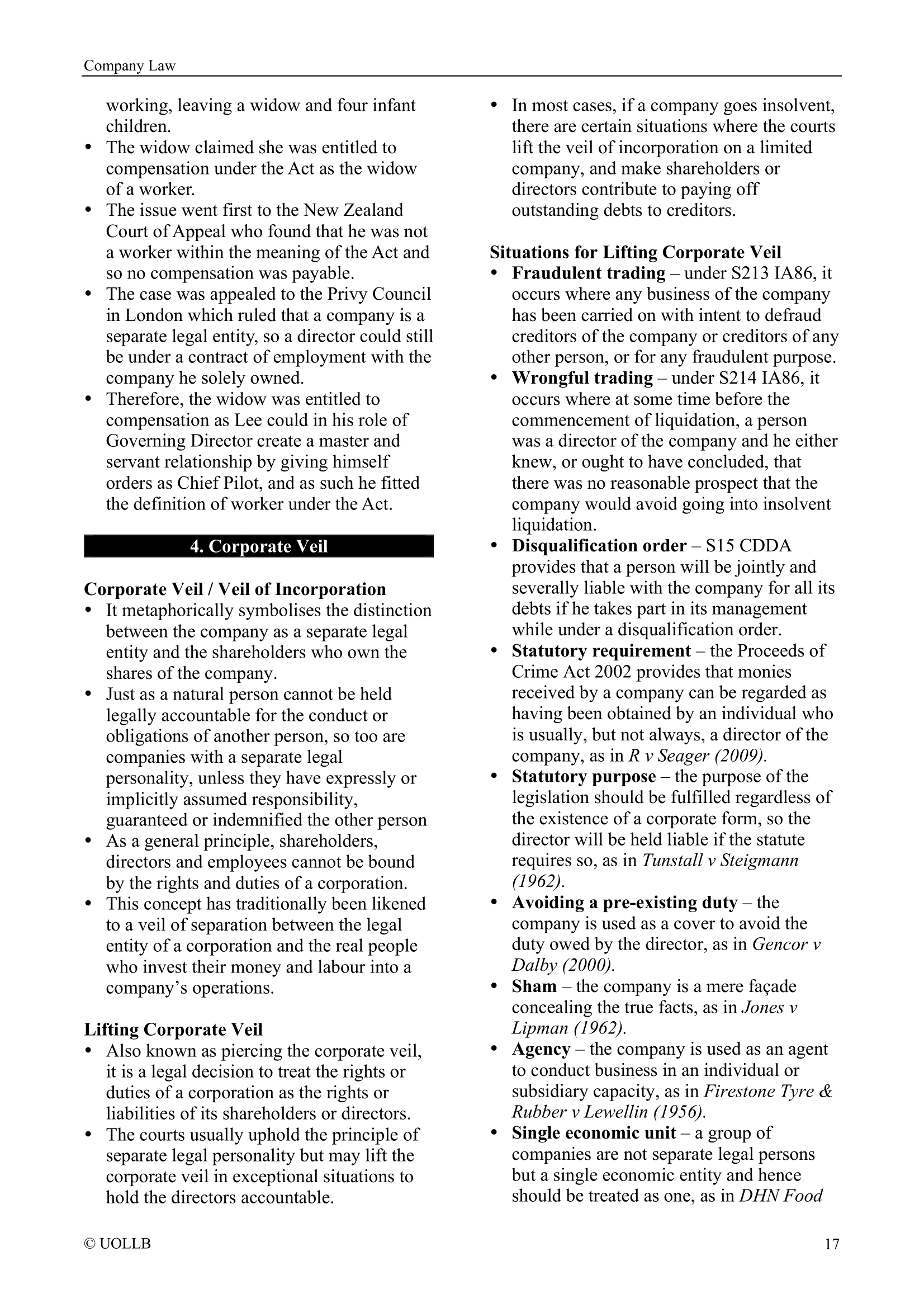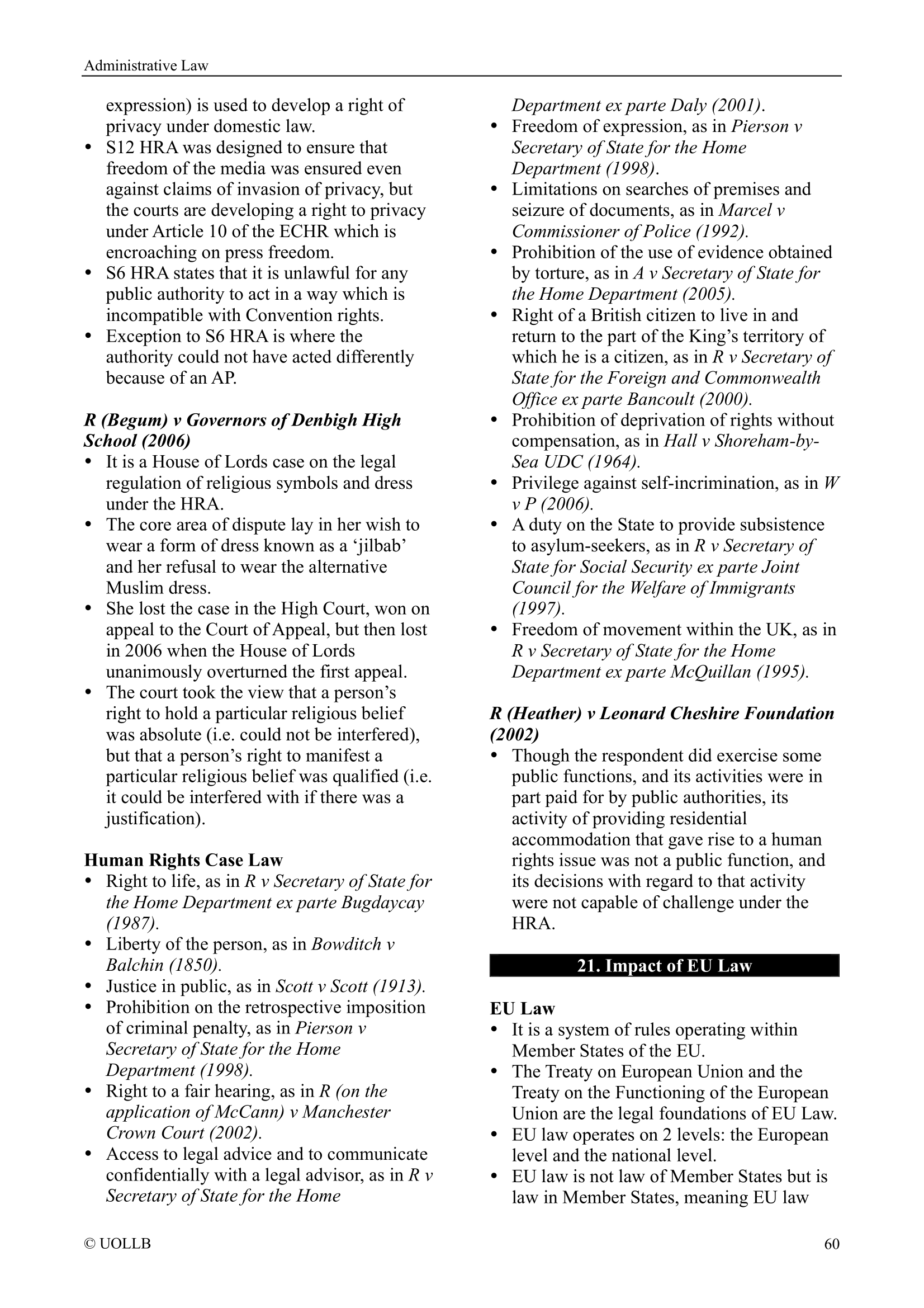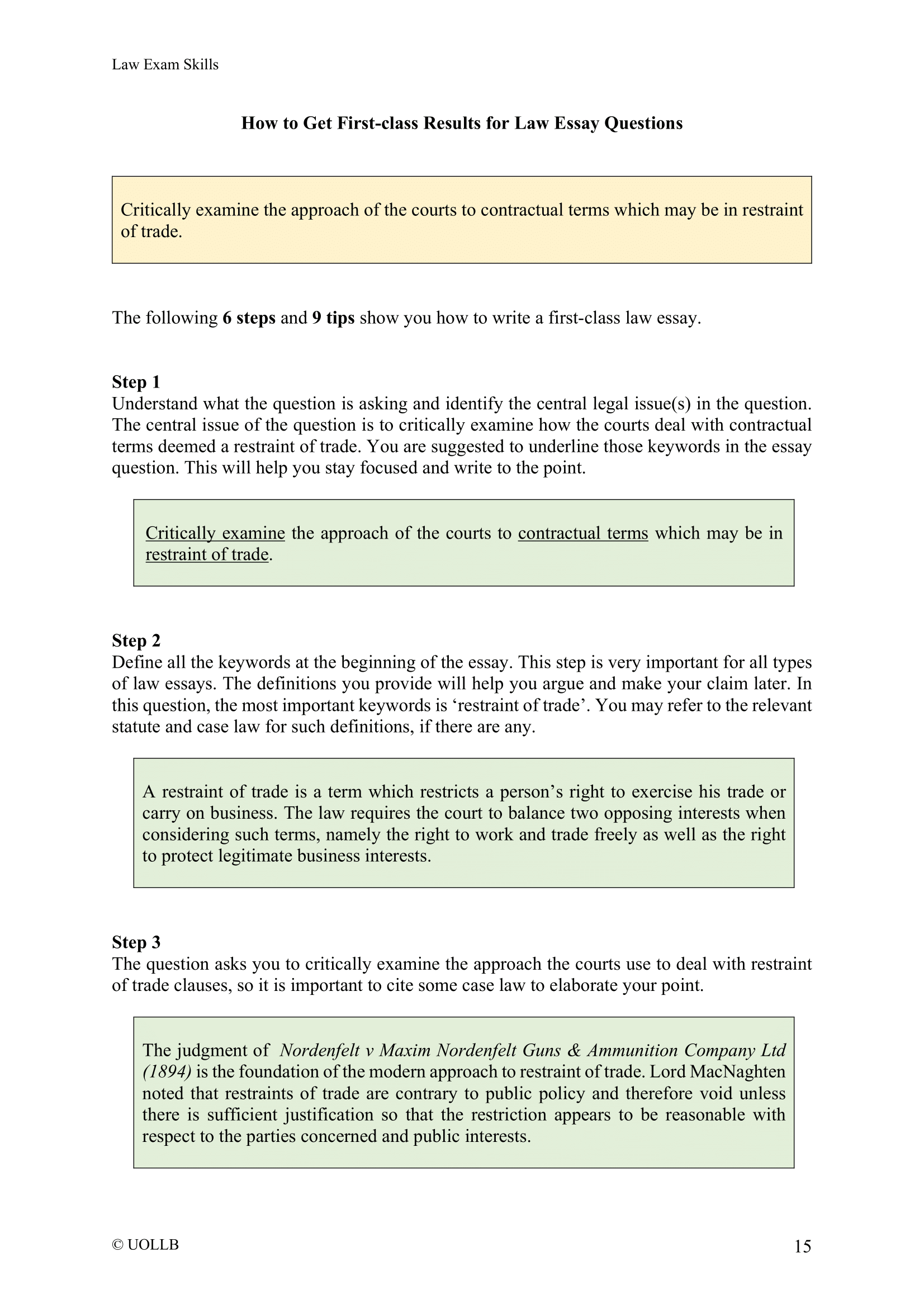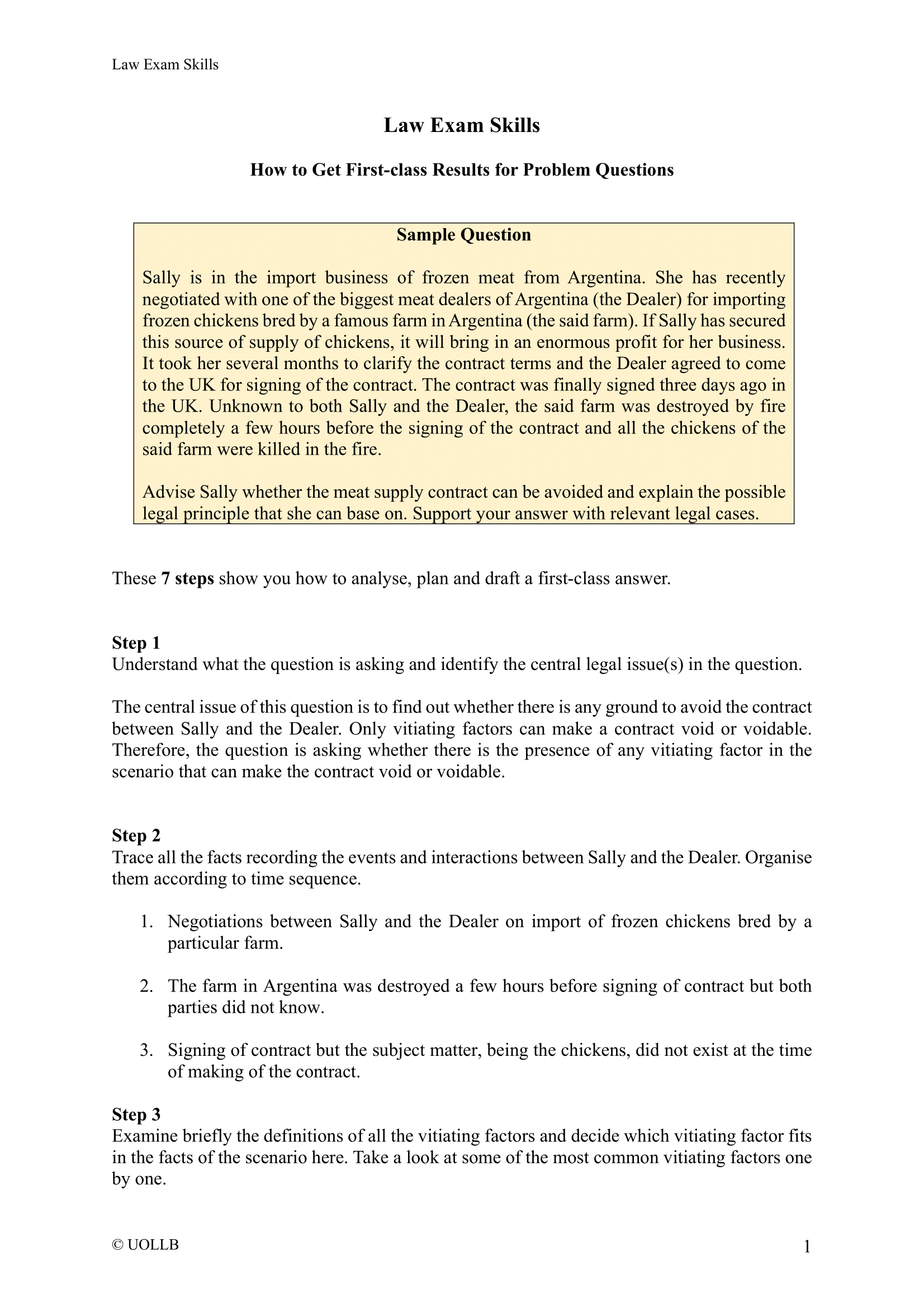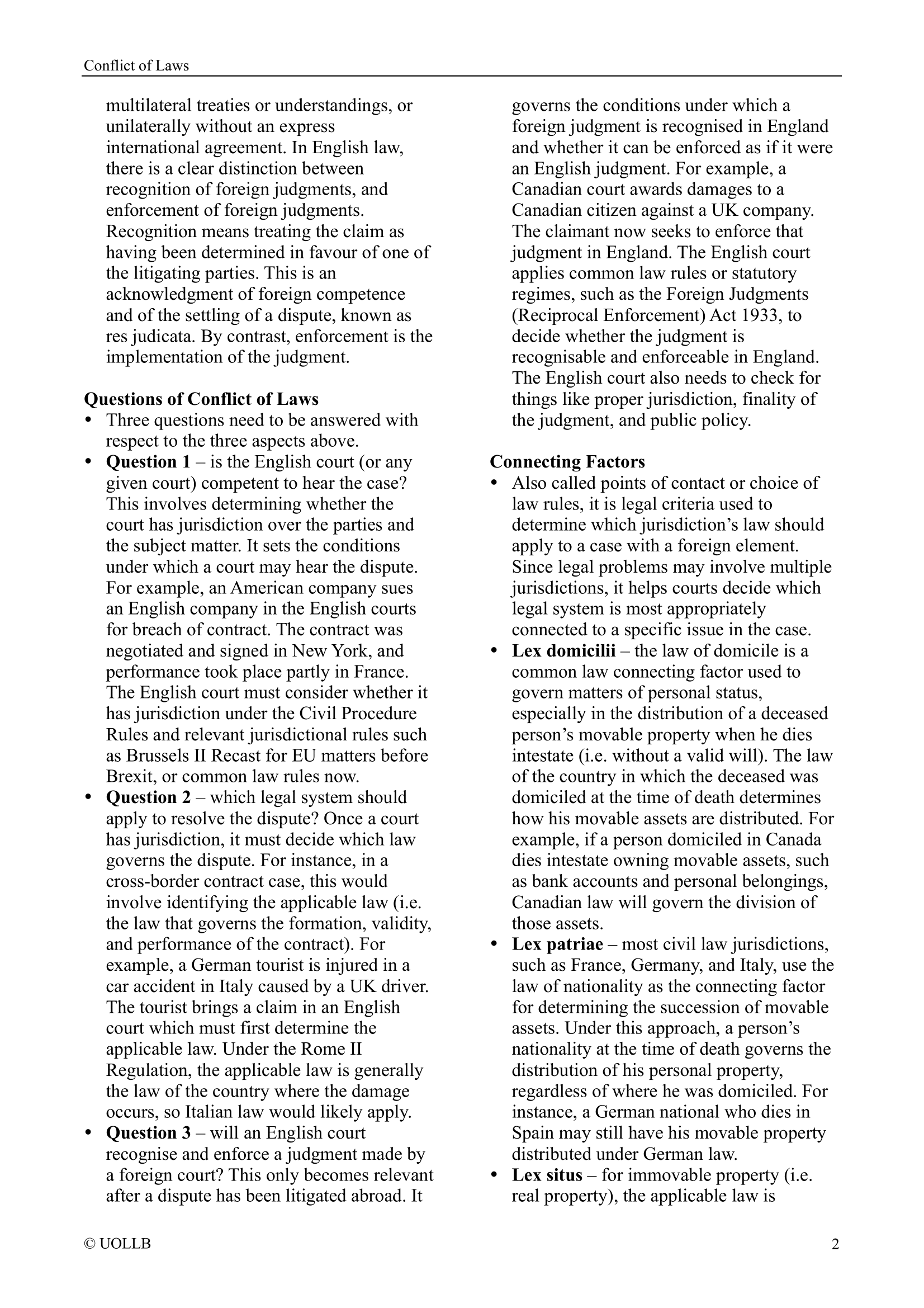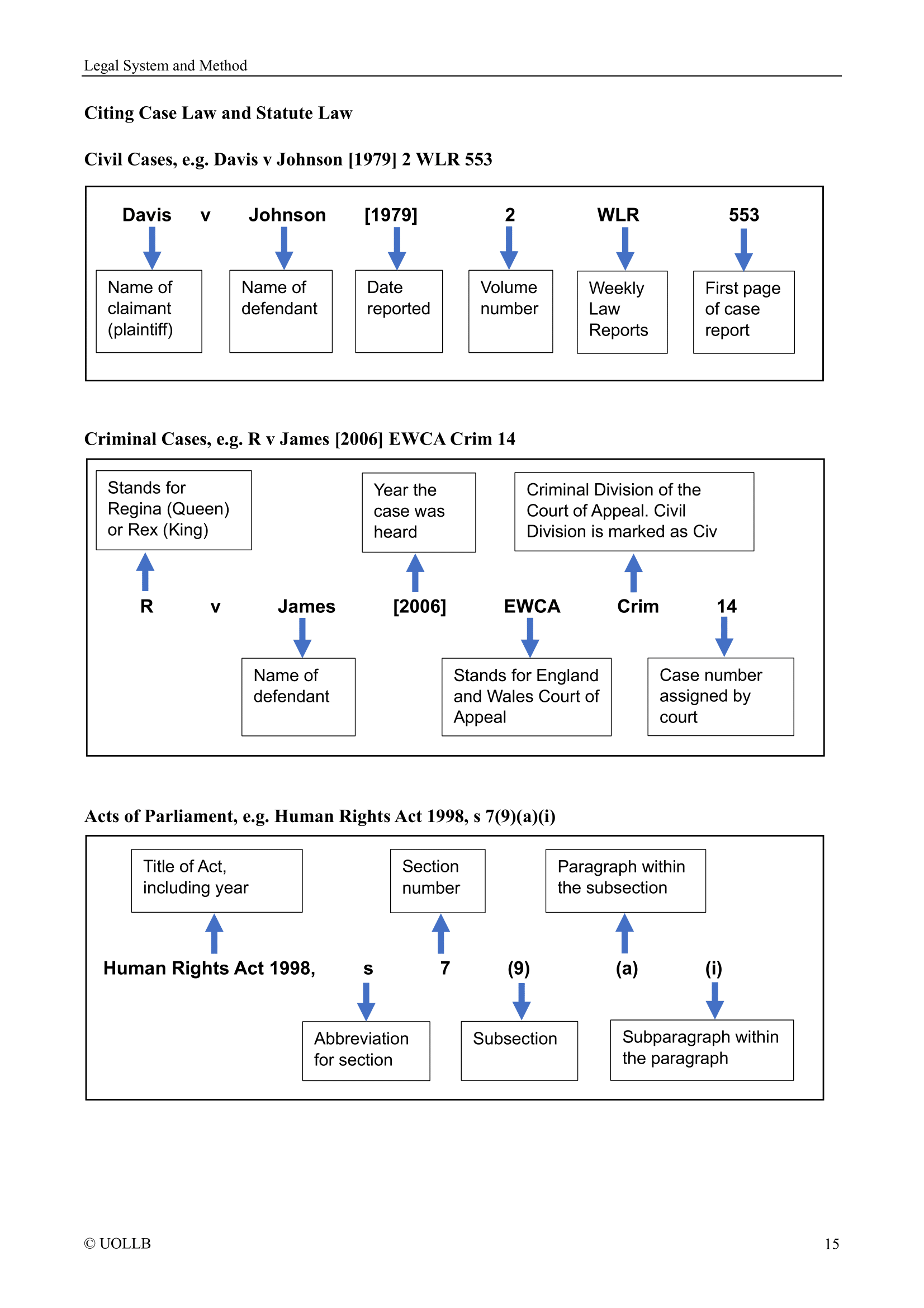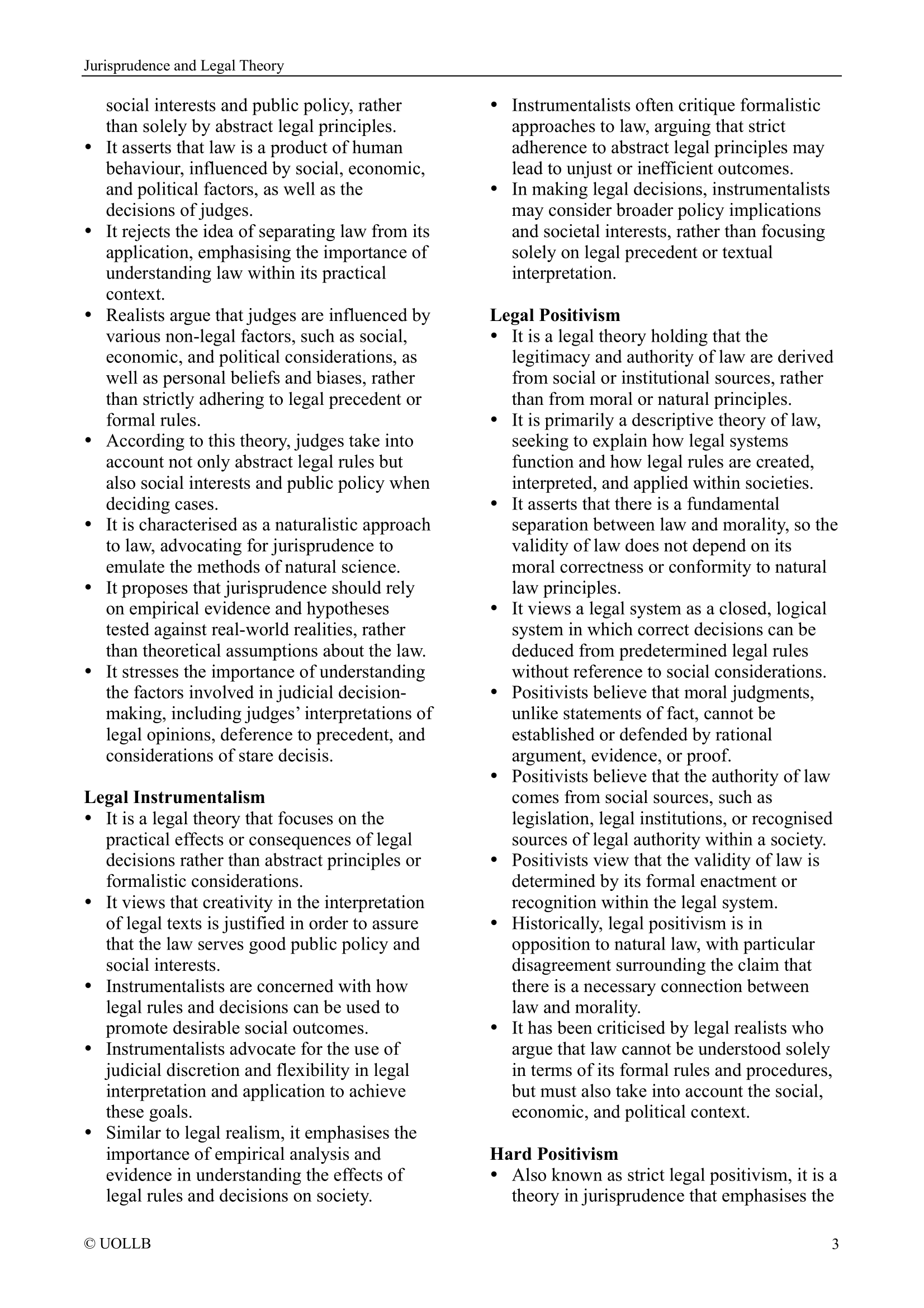DPP v Bell [1992]
Share
DPP v Bell [1992] Crim LR 176 is an important case illustrating the application of duress of circumstances to driving offences. The defendant, Bell, was charged with driving with excess alcohol. His defence was that he had acted under an immediate threat to his personal safety. While in a pub, Bell became involved in an incident that left him genuinely fearful for his wellbeing. In order to escape from what he believed to be an imminent danger, he got into his car and drove away. Crucially, he only drove a short distance to reach a place of safety and then stopped.
At trial, Bell argued that his actions were compelled by the urgent need to remove himself from a dangerous situation and that he had no reasonable alternative but to drive, despite being over the alcohol limit. The defence was framed as duress of circumstances, meaning that the unlawful act was committed because of a pressing and imminent threat of harm.
The court accepted Bell’s argument and acquitted him, emphasising that for the defence to apply, the danger must be immediate and the accused must act reasonably in response. It was also important that the unlawful conduct lasted only as long as necessary to avert the danger (in this case, Bell ceased driving as soon as he reached safety). The court reinforced that the key question was whether the defendant could reasonably have been expected to act differently in the circumstances.
DPP v Bell is significant because it confirmed that duress of circumstances can apply to “status” offences such as driving with excess alcohol, provided the danger is imminent and the defendant’s response is proportionate and limited in time. The case also underlines the principle that once the threat has passed, the unlawful conduct must stop immediately.
